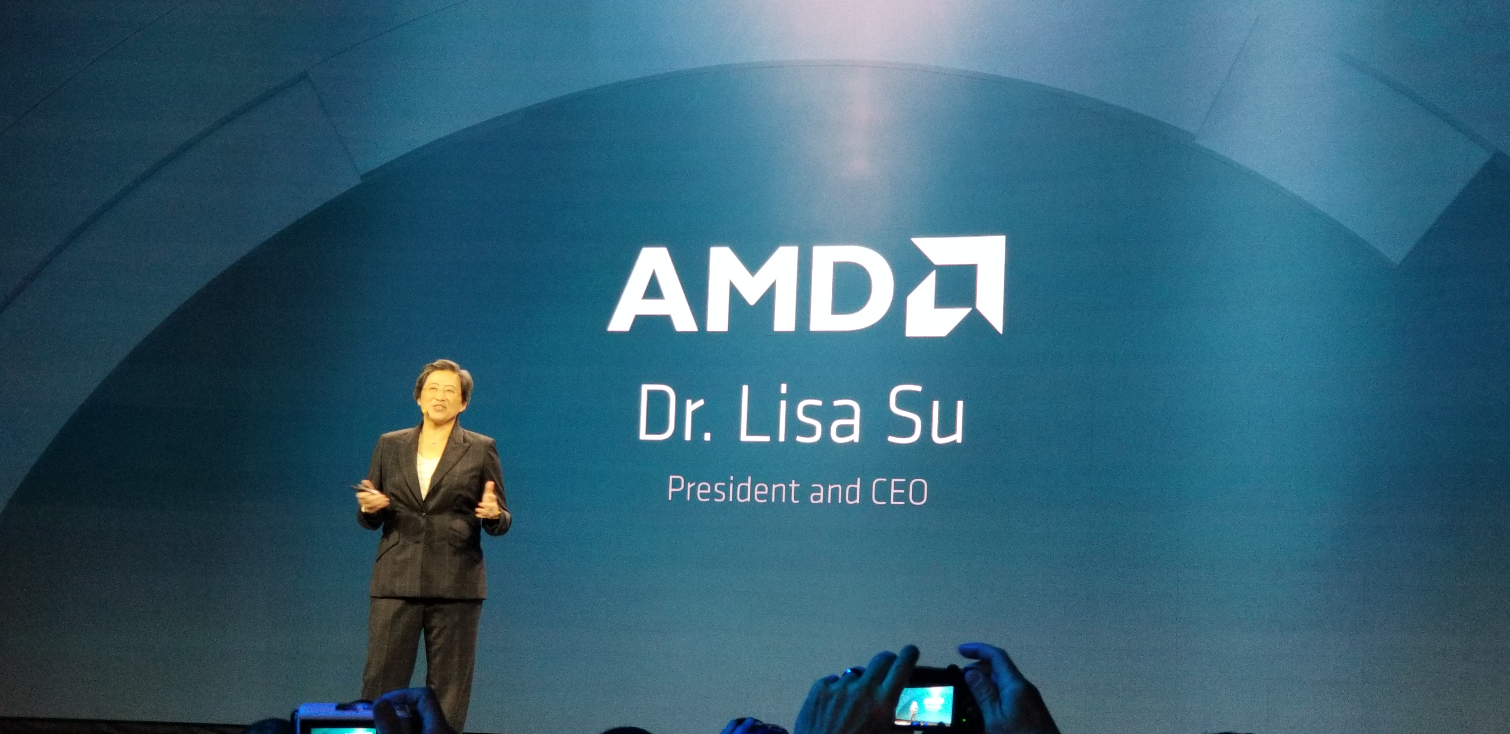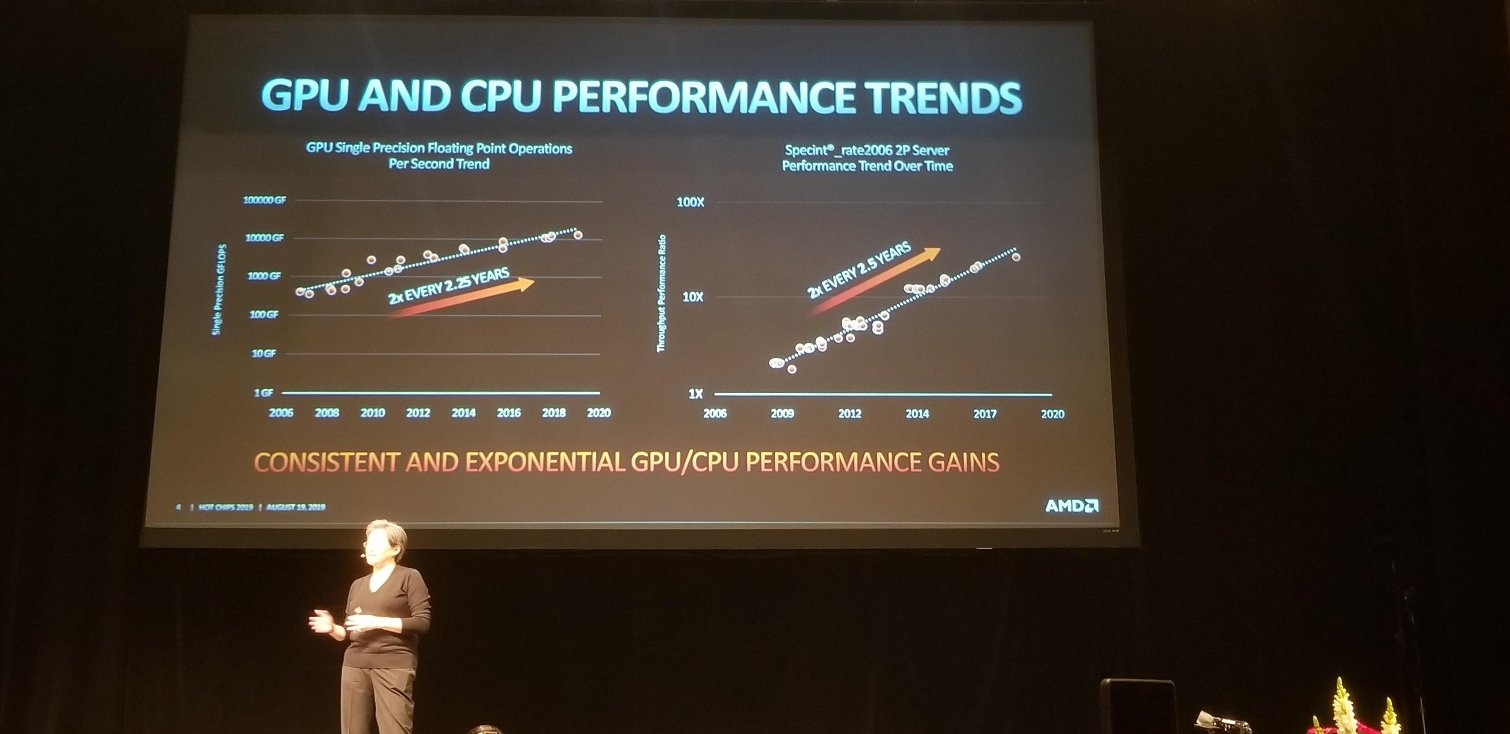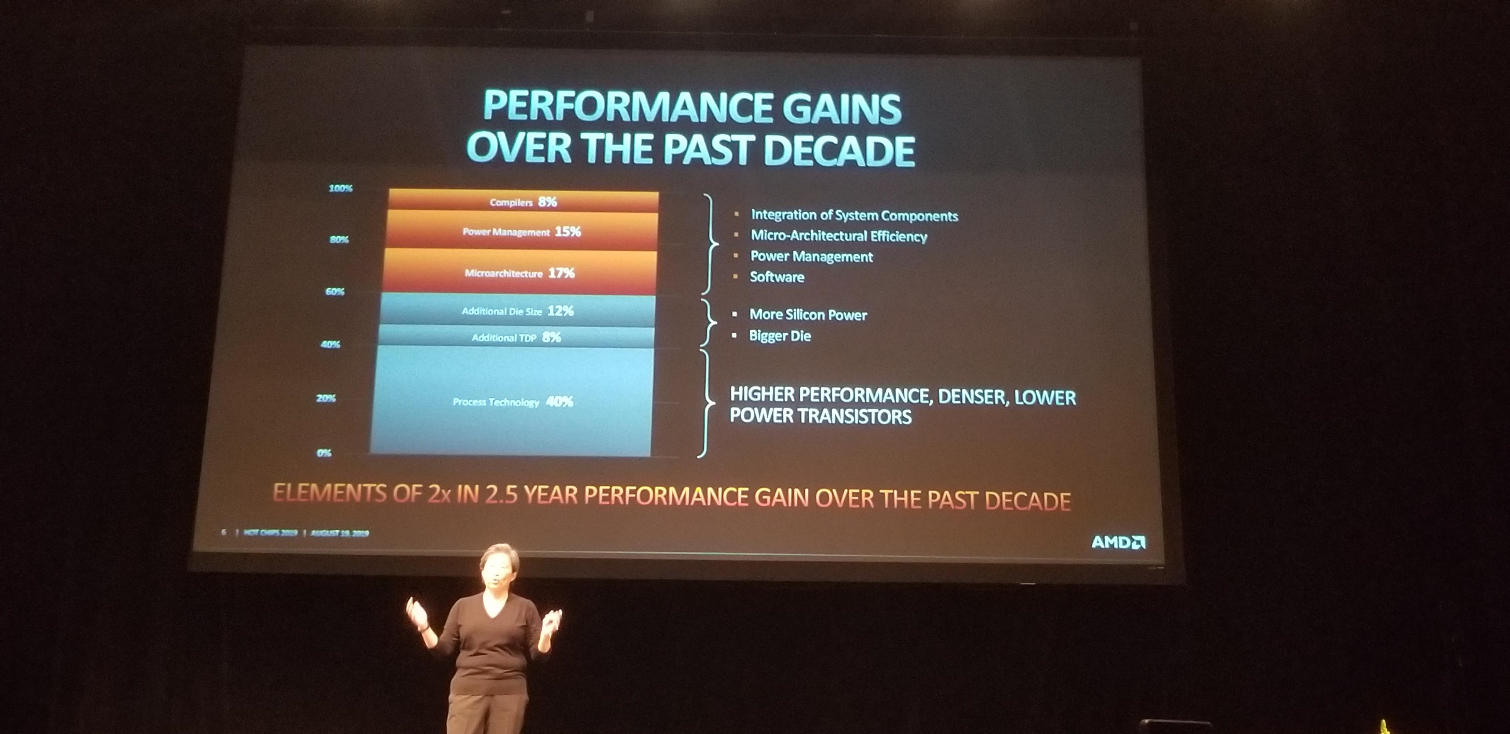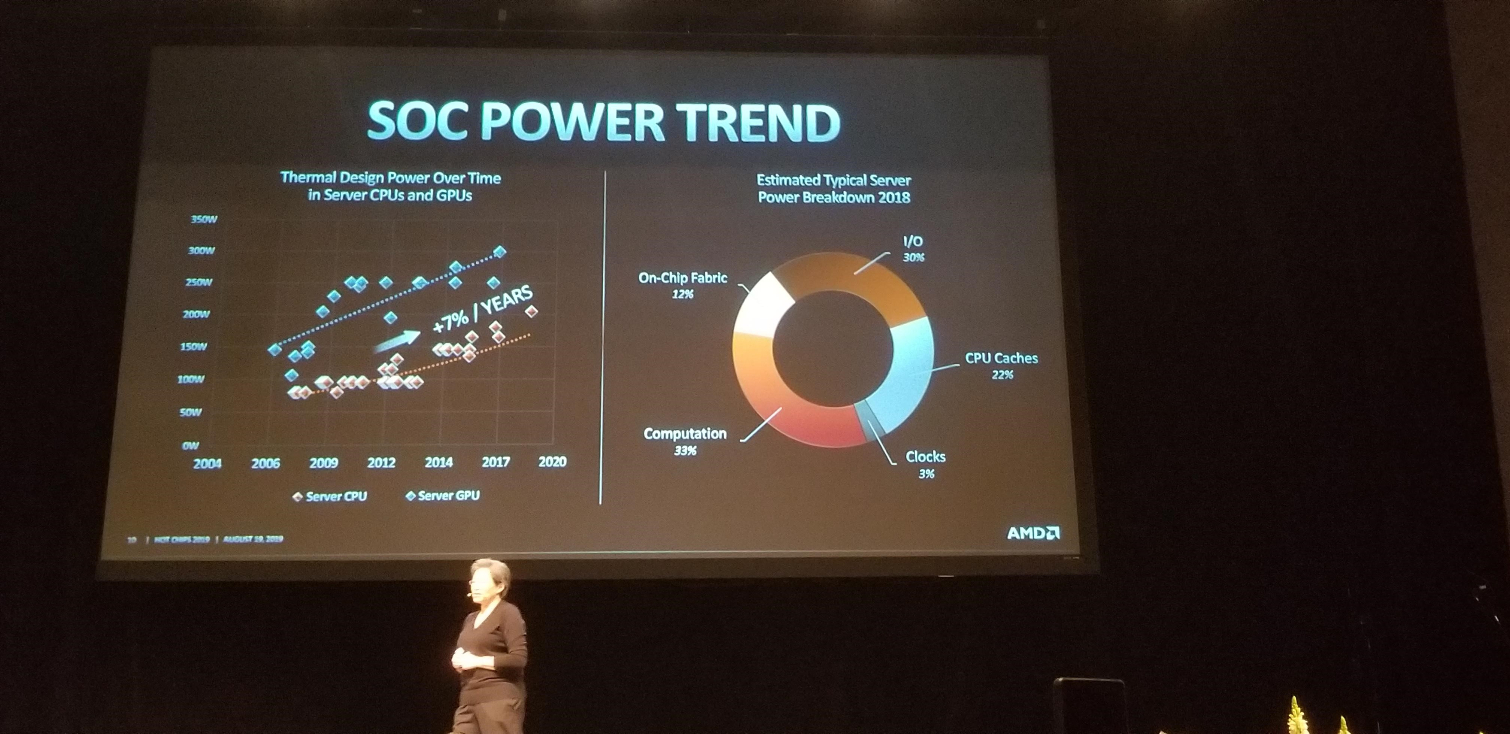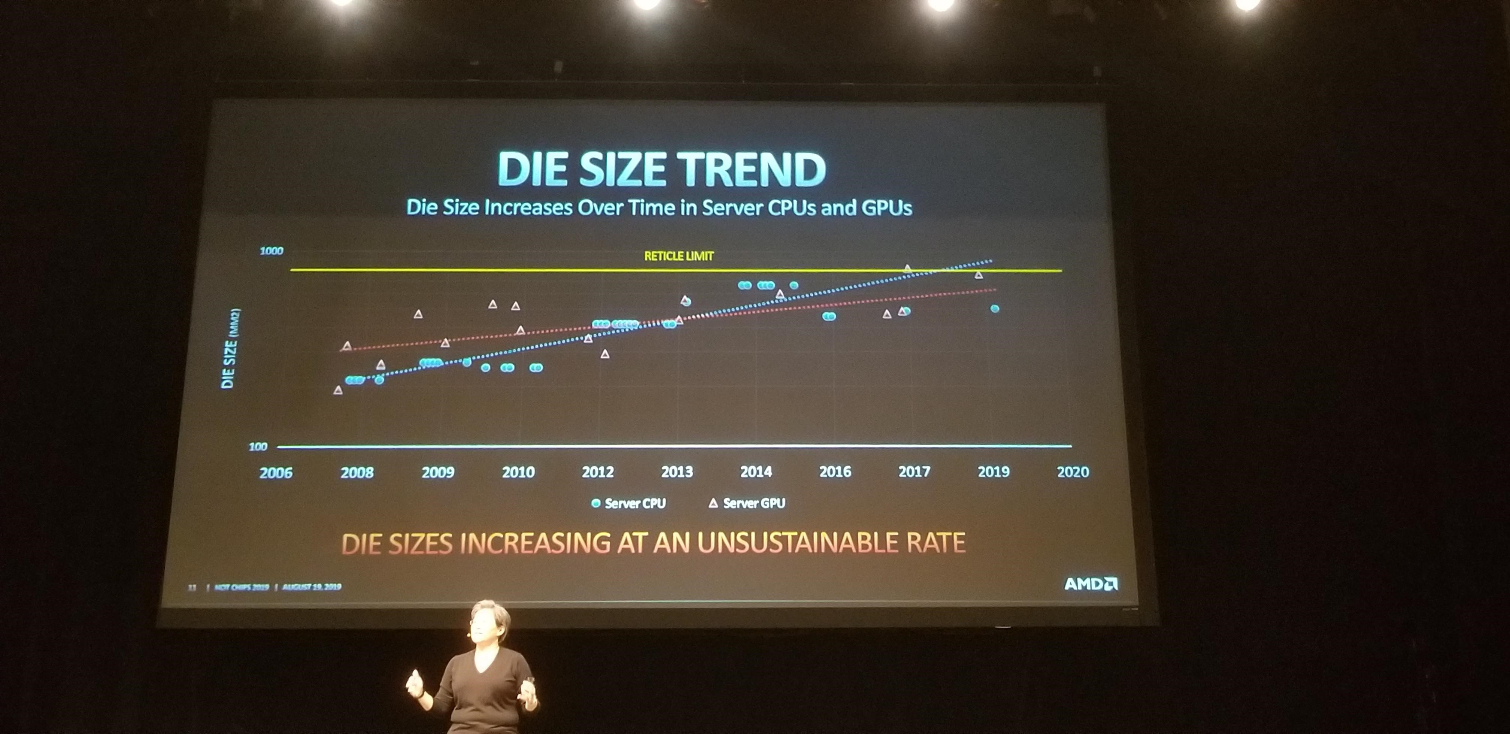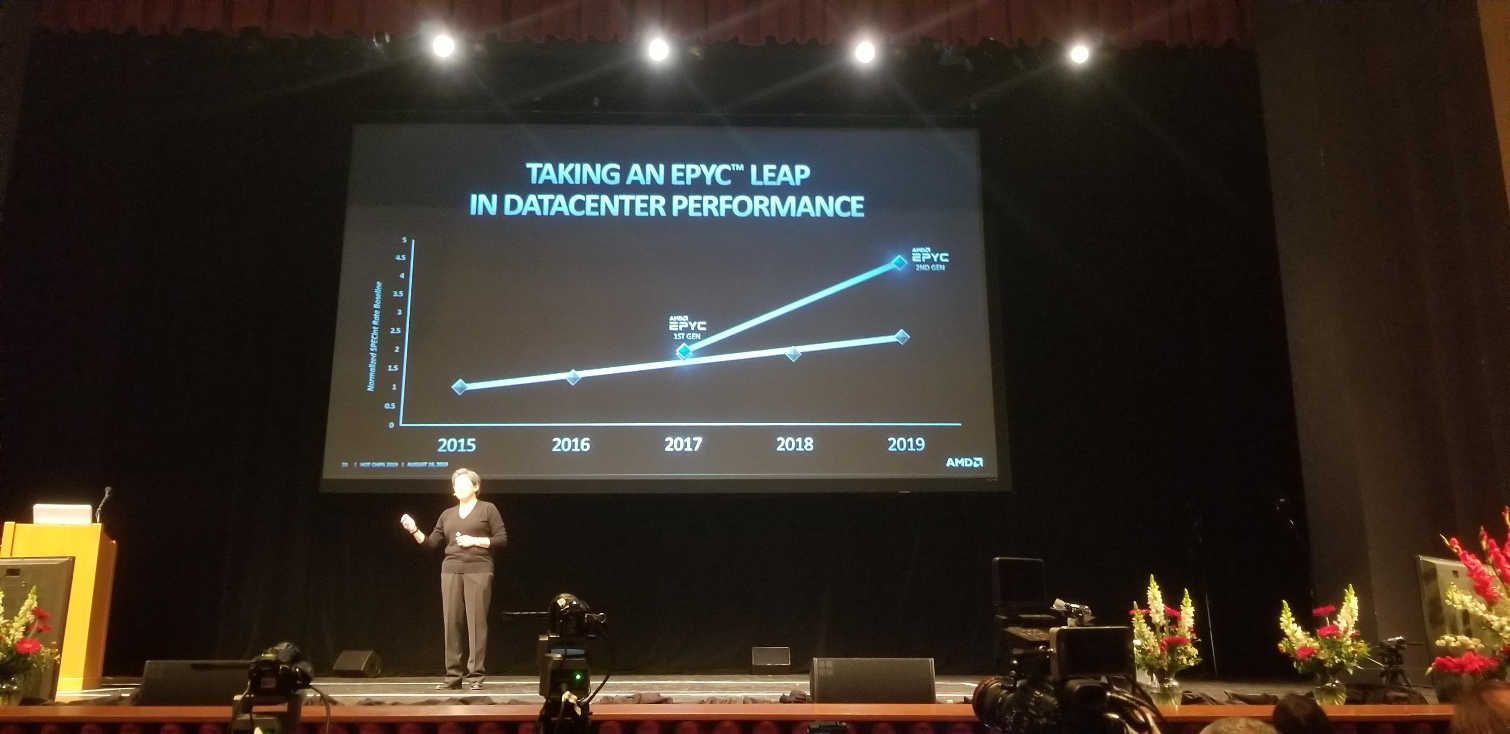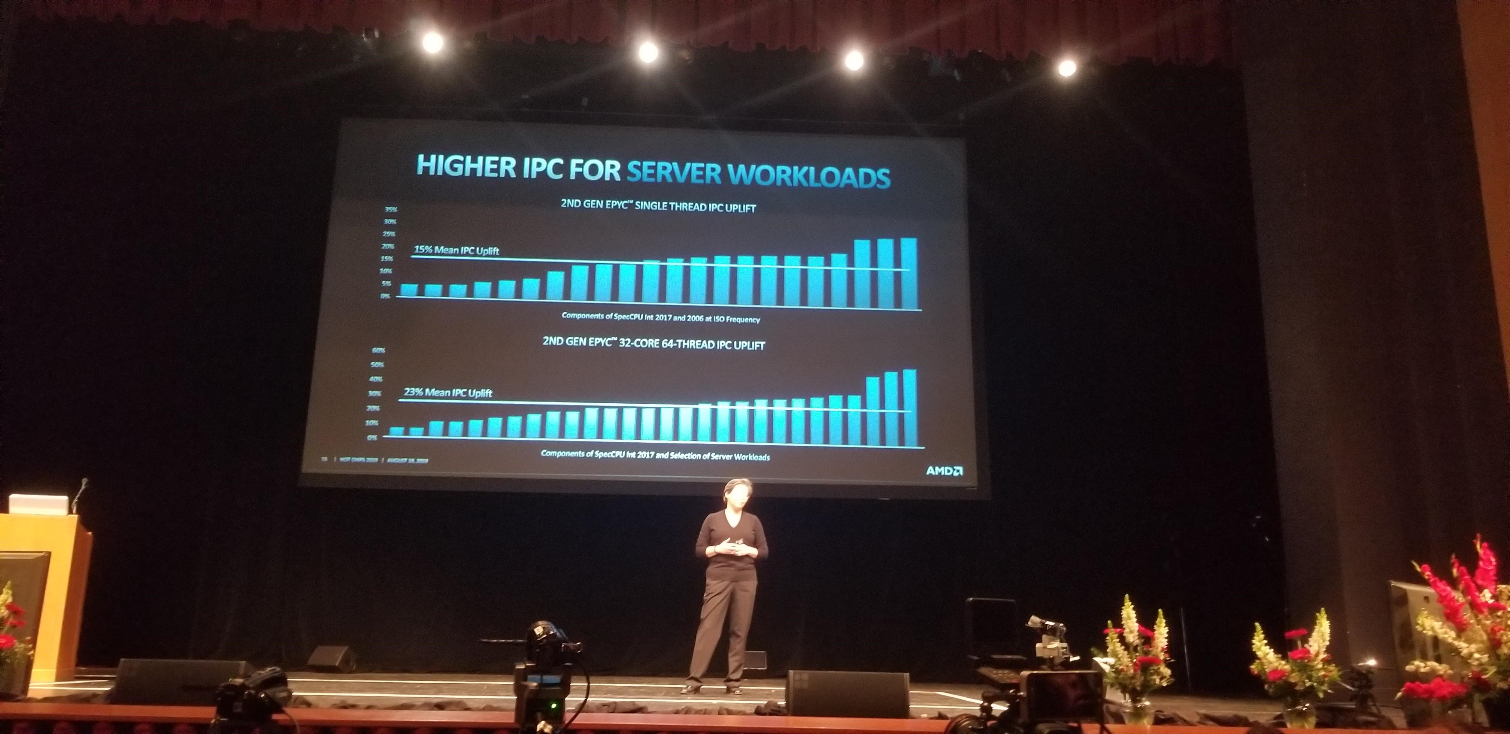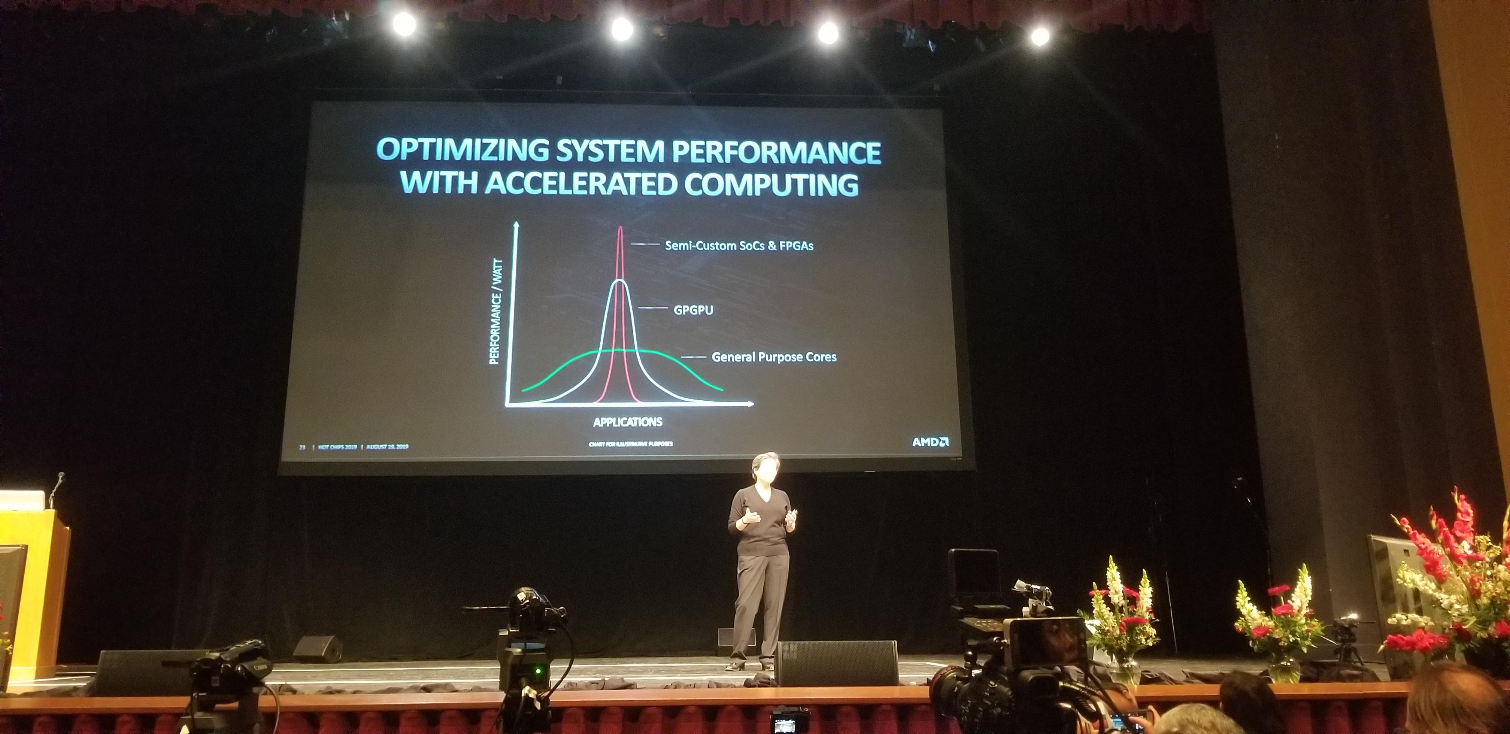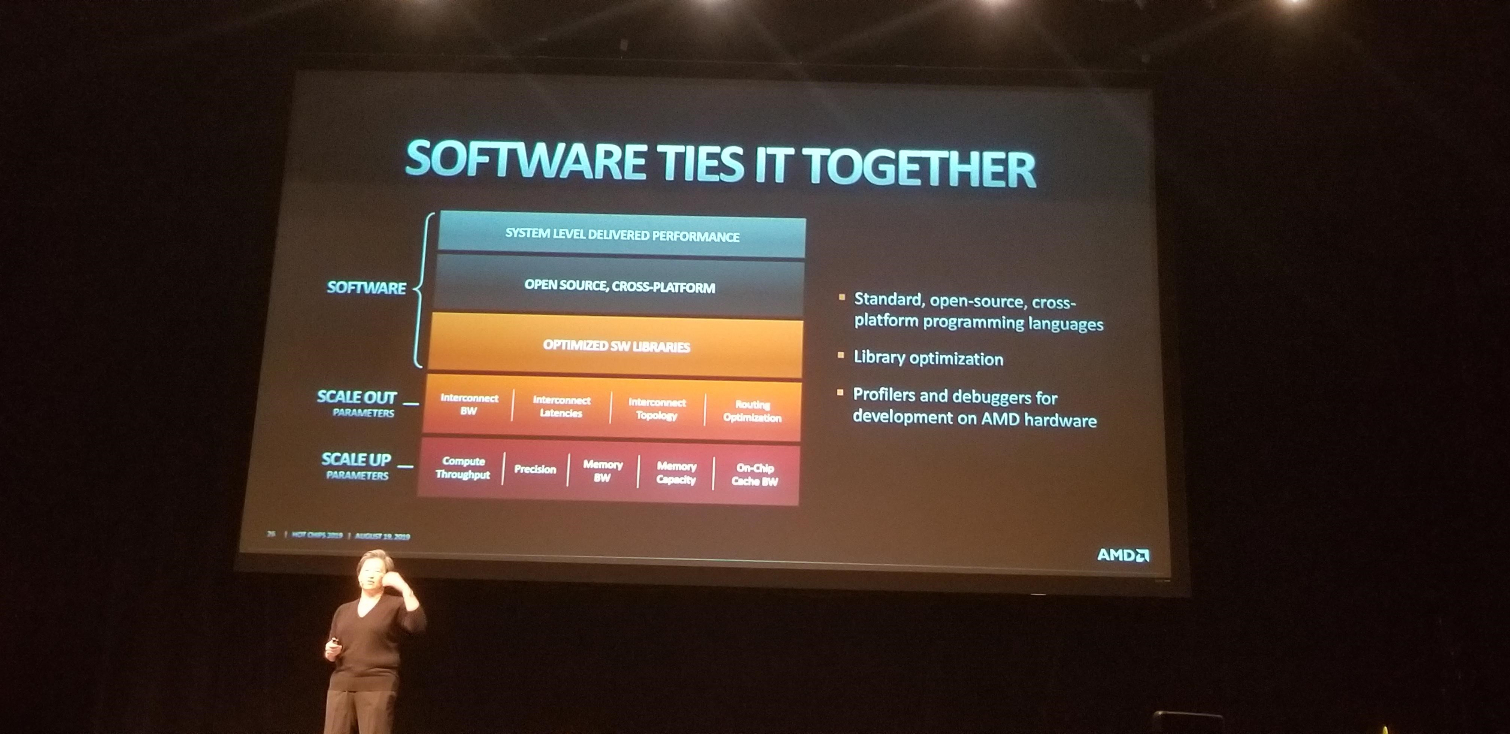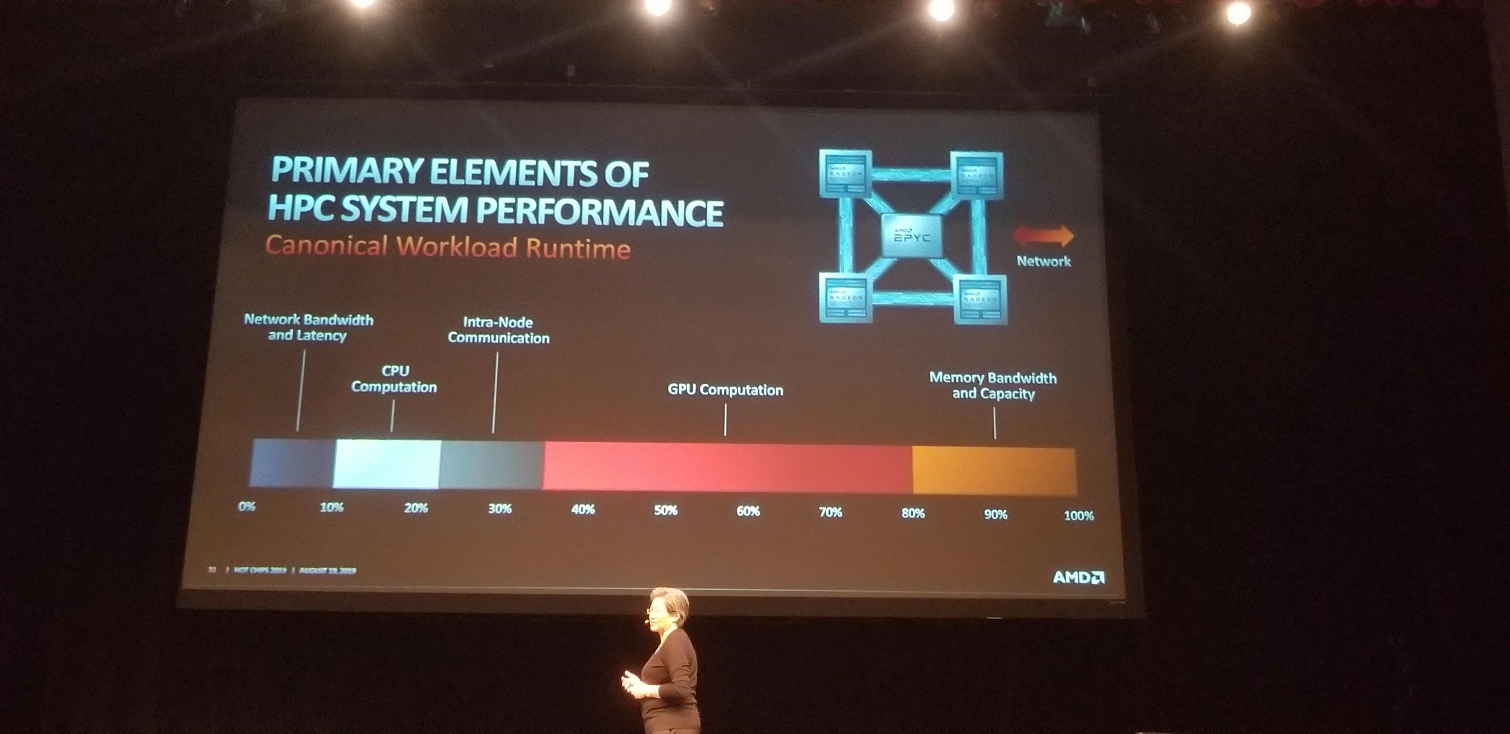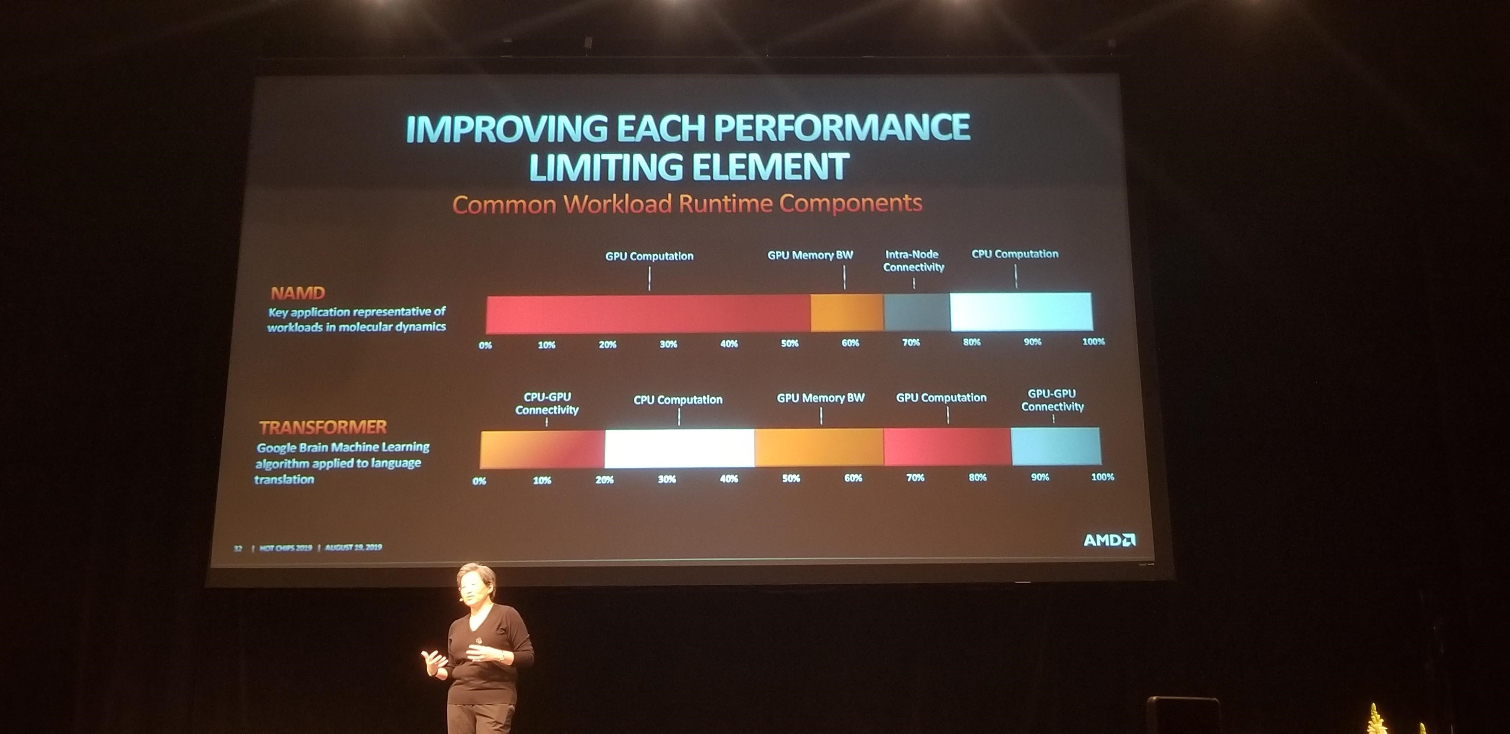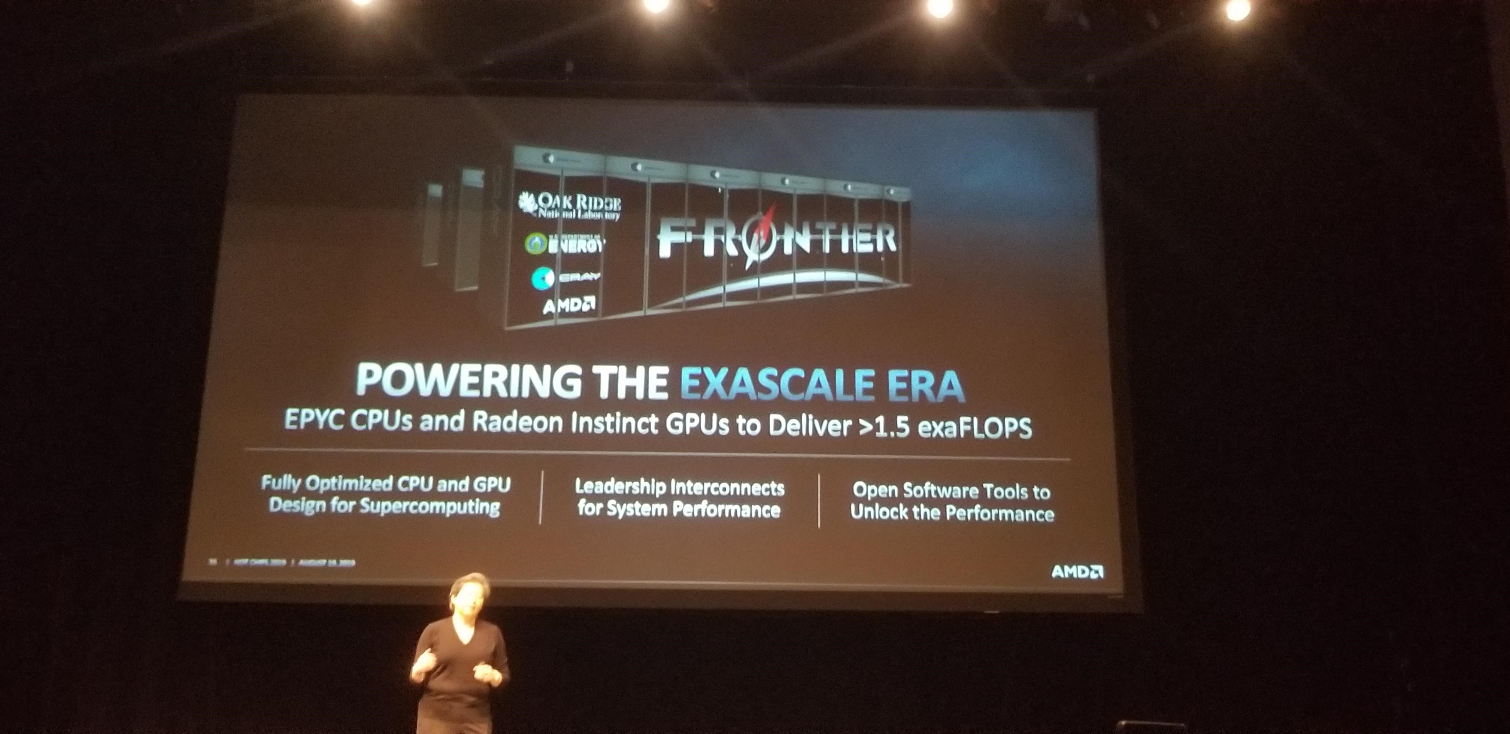AMD CEO Lisa Su Hot Chips Keynote Live Coverage
We're here at Hot Chips 31, the premiere yearly event for the giants of the semiconductor industry present their latest chip architectures, to cover AMD CEO Lisa Su's keynote address. AMD hasn't pre-briefed the press on the content of Su's speech, so we're not privy to any major announcements. That said, anything can happen.
We do expect updates on AMD's rollout of its 7nm chips, like the Ryzen 3000-series desktop processors and the incredibly competitive EPYC Rome lineup for the data center.
This is live coverage, so refresh your browser frequently, or return to this article for the ongoing coverage. Lisa Su's presentation begins in 15 minutes.
Lisa Su took the stage and told us she would spend the next 45 minutes explaining AMD's strategy. Su spoke about the challenges facing the industry, like big data, IoT, and the emergence of AI workloads. Regardless of the application, the industry needs more compute.
While the industry has improved CPU and GPU performance over the last few years, Su said that the industry isn't keeping up with the expected doubling of performance every two years.
Su outlined some of the advances that can bring about performance improvements, like process technology, more power, microarchitecture, and compilers. Each contributes its own slice of extra performance, but the key takeaway is that process technology is no longer the biggest driver.
Meanwhile, the amount of time between each step down the process ladder has lengthened, but the gains are no longer as large with each new node.
Get Tom's Hardware's best news and in-depth reviews, straight to your inbox.
Power has become a new focus to wring more capability out of the silicon.
Die sizes are another lever you can pull to improve performance by increasing their size, but the resultant yields are poor and costs are higher. Not to mention that the industry has come against the reticle limit, which constrains further expansion.
Chiplet-based architectures are the answer, which Su highlighted with the company's EPYC Rome design.
Su said the industry mid-line for IPC improvement is around 5-8% improvement with each new architecture, but AMD wants to stay above the industry trendline.
Su said the company nailed a 15% improvement in IPC in single-threaded workloads, but heavily-threaded server workloads can get significantly higher uplifts. A 23% improvement, in fact.
Su spoke about the amount of system-side optimizations that went into designing its new platforms. As important as CPUs are, there are other parts of the system that need optimized, like leading-edge GPUs, ASICs, and FPGAs. AMD developed the Infinity Fabric to allow all of these disparate parts to come together in a single system.
Choosing the right form of compute is complicated, you'll need to optimize for your workload.
AMD also believes in the hardware suppliers supporting the software ecosystem, especially through open source initiatives.
Here AMD plotted the performance of the world's fastest supercomputer over than the last 20 years. This has doubled roughly every 1.2 years, which is faster than the industry average. Now, however, the rate has slowed.
In HPC systems all the components are important, but due to the floating point computation, GPUs are a big contributor to overall performance.
Now looking at two different workloads, you can see how NAMD is very GPU intensive, while transformer has different needs.
There has been a lot of innovation on the GPU side, they have been prominent, and will become even more so due to their ability to deliver more efficient FLOPS. Unfortunately CPU-to-GPU connectivity isn't improving at nearly the same rate.
The ratio of memory bandwidth to operations is also diverging, signaling another problem for the industry. Su says HBM and other new memories, along with 3D stacking, will help alleviate these memory problems.
Su summarized by saying that the supercomputing is an important aspect of the industry, and that AMD will continue to optimize on every level, from the foundational IP on the components, like chips, to interconnects between compute elements, system and software optimization, and technology process scaling.
Su says the Frontier supercomputer is the culmination of all of AMD's efforts to alleviate the bottlenecks Su covered throughout her speech.
Su said Frontier will provide leading performance at the time of deployment in 2021, resetting, and outstripping, the established supercomputing trend.
Su closed by saying there are enough smart people in the industry to keep these lines extending into the future.

Paul Alcorn is the Editor-in-Chief for Tom's Hardware US. He also writes news and reviews on CPUs, storage, and enterprise hardware.
